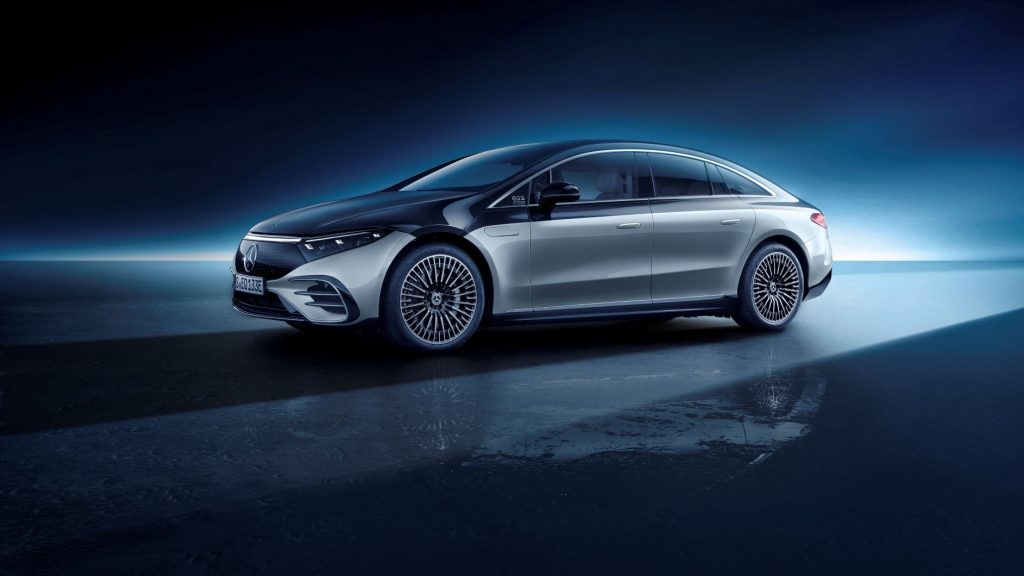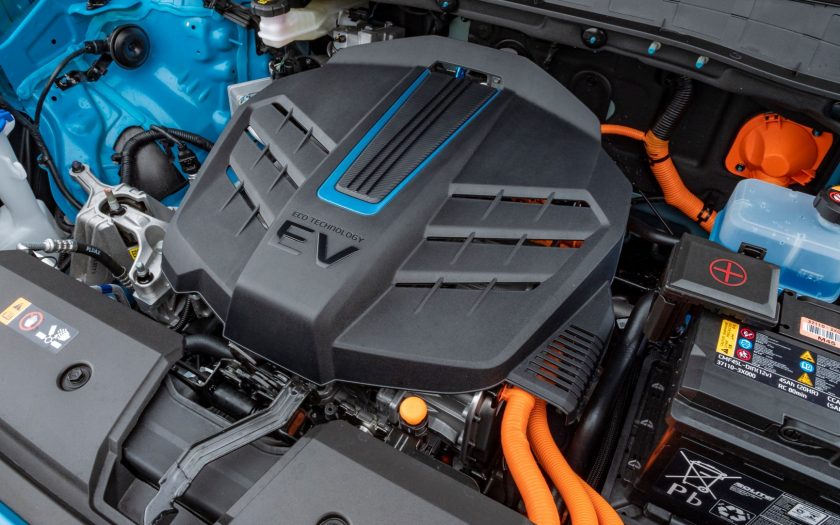IF YOU’RE IN THE MARKET FOR an EV (electric vehicle) it’s little wonder that you (like most other buyers) are totally confused by the contradictory and confusing messages put out by governments all around Australia.
Just two weeks ago, the Victoria government announced that it was determined to press ahead with its plan to levy a distance-based charge on electric vehicles (see our report on it here). As we pointed out at the time, such a levy would make Australia the first country anywhere in the world to discourage the uptake of EVs by imposing targeted road-user charges.

Now, the Victorian government has said it will establish an “expert advisory panel” to help it develop policies, programs and infrastructure to ensure electric vehicles make up half of all new cars sold in Victoria by 2030.
In line with this ambitious plan, the Victorian government has introduced a $3000 subsidy to offset the cost of buying a new electric vehicle by Victorian residents or businesses with premises in Victoria.
Called the Zero Emissions Vehicle Subsidy, the $45 million program will distribute 4000 subsidies initially, followed by a further 16,000, delivered through car dealerships at the point of sale and to be claimed by the dealer on the buyer’s behalf.
The subsidy will only be available on EVs worth less than $68,740 (a figure that just lets the base model Tesla 3 Standard Range squeak in at $68,425).
Analysts Bloomberg have estimated electric vehicles will account for just 18 percent of all new cars sold in 2030, without additional incentives. Better than the current less than one percent, but still far short of what’s possible.
The EV tax bill will be debated in the Victorian parliament on May 4.
